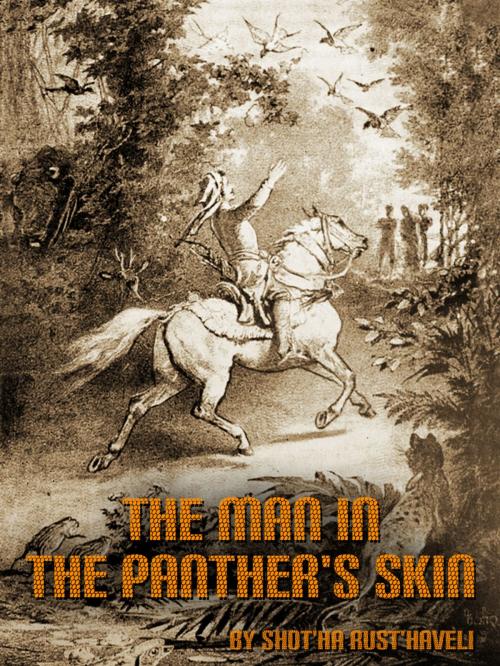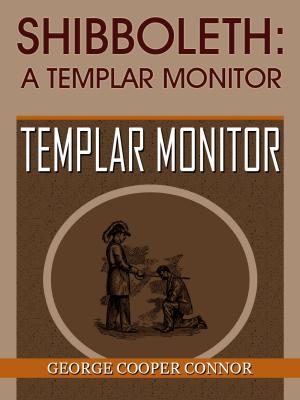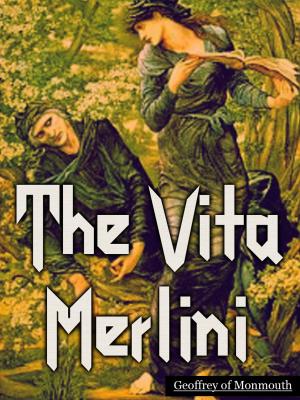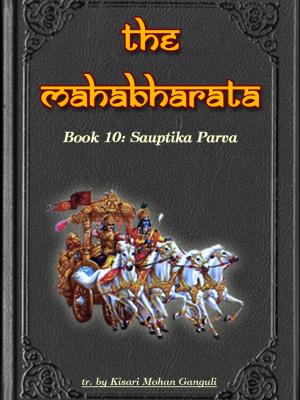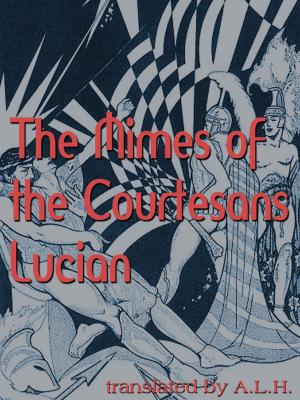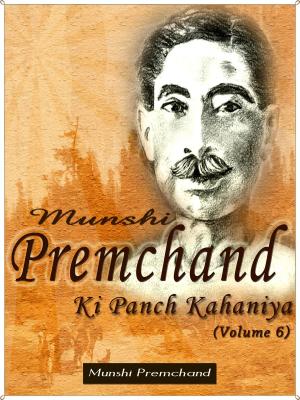The Man In The Panther's Skin
Nonfiction, Religion & Spirituality, Inspiration & Meditation, Spirituality, Fiction & Literature, Classics| Author: | Shota Rustaveli, Marjory Scott Wardrop | ISBN: | 1230000100426 |
| Publisher: | AppsPublisher | Publication: | January 17, 2013 |
| Imprint: | Language: | English |
| Author: | Shota Rustaveli, Marjory Scott Wardrop |
| ISBN: | 1230000100426 |
| Publisher: | AppsPublisher |
| Publication: | January 17, 2013 |
| Imprint: | |
| Language: | English |
The Man in the Panther's Skin
by Shota Rustaveli, tr. by Marjory Scott Wardrop
"Georgia is a central Asian region which is situated in the mountains between the Black and Caspian seas. This, the 'Man in the Panther Skin' (also known as 'the Knight in the Panther Skin') is a 12th century medieval epic poem. It is considered one of the masterpieces of Georgian literature, and has been called the Georgian national epic. The author, Prince Shota Rustaveli, was a noble in the court of Queen Tamar, and served as her treasurer. He was also a painter who created frescoes in the Georgian monastery of the Holy Cross in Jerusalem. We do not know specific birth and death dates for Rustaveli. The poem was first printed in 1712 in Tblisi. This translation is, thankfully, into clearly written prose, unlike some of the awful 19th century attempts to versify translated poetry. Wardrop's translation, which she modestly called an attempt, makes enjoyable reading.
The poem, strangely enough, is not set in Georgia, but in fictionalized versions of Arabia, Persia, India and fairy-tale lands set in the environs of the Indian Ocean. (However the characters are at one point described as speaking fluent Georgian!) There are two chief male protagonists, Avt'handil and Tariel. Tariel, the eponymous 'Knight in the Panther's Skin' is made heir to all India, but tragically falls in love with his adoptive sister, Nestan. Driven mad by this love, he ends up killing the man she is to marry and fleeing India. Nestan is also spirited away to parts unknown. The search for Nestan, described as radiant as the sun, so beautiful that everyone she meets falls in love with her, is the central thread of the story. Avt'handil, the suitor of the Queen of Arabia T'hinat'hin, sees Tariel wandering disconsolate one day and goes in quest of this mysterious knight. Eventually they meet up and after a long quest end up finding Nestan. Nestan and Tariel marry, and Avt'handil marries T'hinat'hin. I have appended a short synopis of the story to this etext, based on my reading notes.
The narrative and characterizations are remarkable for a work of this period. Rustaveli had great psychological insight, providing backstory and motivations for his cast. The women characters are well written and memorable (particularly the merchant P'hatman). Rustaveli's female characters are not just props as in some of the medieval romances. Emotional relationships between characters of the same sex (both male and female), like the Biblical David and Jonathan, are portrayed as tender and sensual, shedding light on how our conventional sex roles are modern cultural constructs.
For technical reasons, I had to omit most of the footnotes from the body of the text. However, I did type in some of these footnotes by hand where they clear up obscure passages. Since a facsimile of this particular translation is in print and the footnotes are mostly of interest to scholars, this should not present a problem."
The Man in the Panther's Skin
by Shota Rustaveli, tr. by Marjory Scott Wardrop
"Georgia is a central Asian region which is situated in the mountains between the Black and Caspian seas. This, the 'Man in the Panther Skin' (also known as 'the Knight in the Panther Skin') is a 12th century medieval epic poem. It is considered one of the masterpieces of Georgian literature, and has been called the Georgian national epic. The author, Prince Shota Rustaveli, was a noble in the court of Queen Tamar, and served as her treasurer. He was also a painter who created frescoes in the Georgian monastery of the Holy Cross in Jerusalem. We do not know specific birth and death dates for Rustaveli. The poem was first printed in 1712 in Tblisi. This translation is, thankfully, into clearly written prose, unlike some of the awful 19th century attempts to versify translated poetry. Wardrop's translation, which she modestly called an attempt, makes enjoyable reading.
The poem, strangely enough, is not set in Georgia, but in fictionalized versions of Arabia, Persia, India and fairy-tale lands set in the environs of the Indian Ocean. (However the characters are at one point described as speaking fluent Georgian!) There are two chief male protagonists, Avt'handil and Tariel. Tariel, the eponymous 'Knight in the Panther's Skin' is made heir to all India, but tragically falls in love with his adoptive sister, Nestan. Driven mad by this love, he ends up killing the man she is to marry and fleeing India. Nestan is also spirited away to parts unknown. The search for Nestan, described as radiant as the sun, so beautiful that everyone she meets falls in love with her, is the central thread of the story. Avt'handil, the suitor of the Queen of Arabia T'hinat'hin, sees Tariel wandering disconsolate one day and goes in quest of this mysterious knight. Eventually they meet up and after a long quest end up finding Nestan. Nestan and Tariel marry, and Avt'handil marries T'hinat'hin. I have appended a short synopis of the story to this etext, based on my reading notes.
The narrative and characterizations are remarkable for a work of this period. Rustaveli had great psychological insight, providing backstory and motivations for his cast. The women characters are well written and memorable (particularly the merchant P'hatman). Rustaveli's female characters are not just props as in some of the medieval romances. Emotional relationships between characters of the same sex (both male and female), like the Biblical David and Jonathan, are portrayed as tender and sensual, shedding light on how our conventional sex roles are modern cultural constructs.
For technical reasons, I had to omit most of the footnotes from the body of the text. However, I did type in some of these footnotes by hand where they clear up obscure passages. Since a facsimile of this particular translation is in print and the footnotes are mostly of interest to scholars, this should not present a problem."
